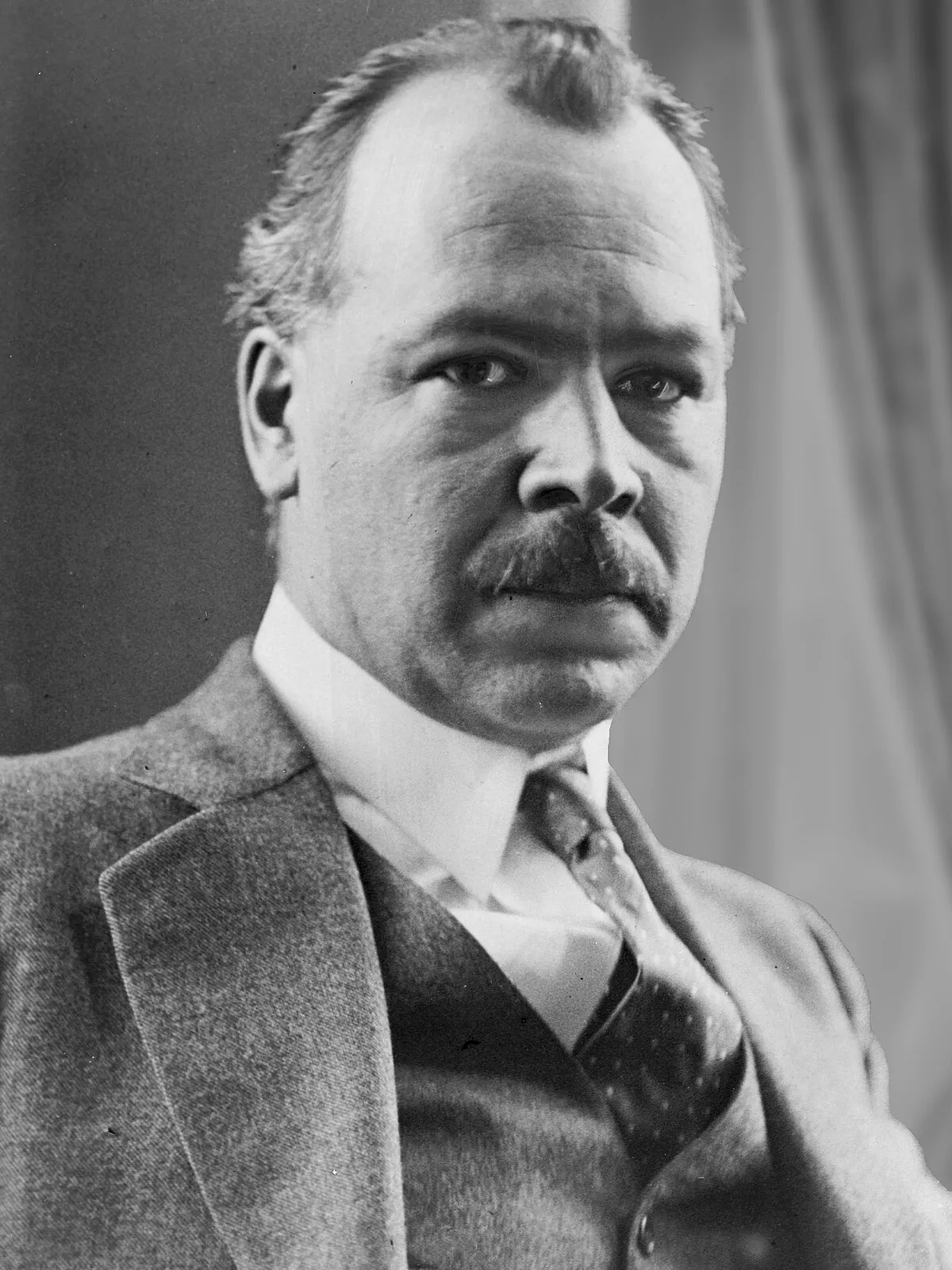 1.
1. Nikolai Vavilov devoted his life to the study and improvement of wheat, maize and other cereal crops that sustain the global population.

 1.
1. Nikolai Vavilov devoted his life to the study and improvement of wheat, maize and other cereal crops that sustain the global population.
Nikolai Vavilov was a member of the USSR Central Executive Committee, a recipient of the Lenin Prize, and president of All-Union Geographical Society.
Nikolai Vavilov was a fellow of the Royal Society and of the Royal Society of Edinburgh.
Nikolai Vavilov's work was criticized by Trofim Lysenko, whose anti-Mendelian concepts of plant biology had won favor with Joseph Stalin.
Nikolai Vavilov was born on 25 November 1887 into a merchant family in Moscow, the older brother of physicist Sergey Ivanovich Vavilov.
Nikolai Vavilov's father had grown up in poverty due to recurring crop failures and food rationing, and Vavilov became obsessed from an early age with ending famine.
Nikolai Vavilov entered the Petrovskaya Agricultural Academy in 1906.
Nikolai Vavilov graduated from the Petrovka in 1910 with a dissertation on snails as pests.
In 1917, Nikolai Vavilov was a professor at the Faculty of Agronomy, University of Saratov.
The 1921 expedition visited Canada and the United States; Nikolai Vavilov stated that North America was not a center of plant diversity, finding later that the centers of origin in the Americas were in Mexico, Central America, and parts of South America.
Nikolai Vavilov travelled the Mediterranean in 1926, visiting France, Greece, Spain, Portugal, North Africa and islands including Sardinia, Sicily, Crete, and Cyprus.
Nikolai Vavilov took special interest in legumes such as the chickpea, which he found contributed to soil fertility and added protein to the diets of people and their animals around the Mediterranean.
In 1927, Nikolai Vavilov presented his theory of centers of origin to the public at the Fifth International Congress of Genetics in Berlin.
Nikolai Vavilov is remembered for his contributions to the improvement of varieties of wheat, maize and other cereal crops that sustain the global population.
In 1932, during the sixth congress, Nikolai Vavilov proposed holding the seventh International Congress of Genetics in the USSR in 1937.
In 1935, Nikolai Vavilov was elected chairman of the International Congress of Genetics for this purpose, but in 1936 the Politburo cancelled the event; the congress eventually took place in Edinburgh in 1939 instead.
The Politburo further prohibited Nikolai Vavilov from travelling abroad; during the Congress's opening ceremony an empty chair was placed on the stage as a symbolic reminder of Nikolai Vavilov's involuntary absence.
Trofim Lysenko joined the staff of the institute and began to oppose Nikolai Vavilov, arguing that genetics was nonsense invented by the Roman Catholic monk Gregor Mendel, and proposing his own Lamarckian views of inheritance and evolution, and the idea of improving a crop variety by vernalization.
Lysenko had the ear of Stalin, who summoned Nikolai Vavilov and mocked him in the Kremlin.
In 1936, Lysenko arranged for Nikolai Vavilov to be sacked from his post as head of the institute.
Nikolai Vavilov's son Oleg with his first wife Yekaterina Sakharova was born in 1918.
Nikolai Vavilov became the youngest member of the Academy of Sciences of the Soviet Union.
Nikolai Vavilov was a member of the USSR Central Executive Committee, a recipient of the Lenin Prize in 1928, and president of All-Union Geographical Society in 1931.
Nikolai Vavilov was a fellow of the Royal Society, and a fellow of the Royal Society of Edinburgh.
Nikolai Vavilov realized that many useful plant varieties would be lost through human action unless specific steps were taken to save them.
Nikolai Vavilov was the first botanist to grasp the need for a seedbank, and he was an expert germplasm collector.
Nikolai Vavilov combined the skill of collecting distinct varieties of crop plants with theoretical understanding of their significance in botany and the ability to put this knowledge to practical use.
Nikolai Vavilov's work has been continued by later botanists at the institute, for example breeding transgressive forms of lupin resistant to the fusarium wilt fungus.
Nikolai Vavilov described the cereal rye, which he believed had evolved in this way, as secondary crops.
In 1990, a six part documentary entitled Nikolai Vavilov was created as a joint production of the USSR and East Germany.